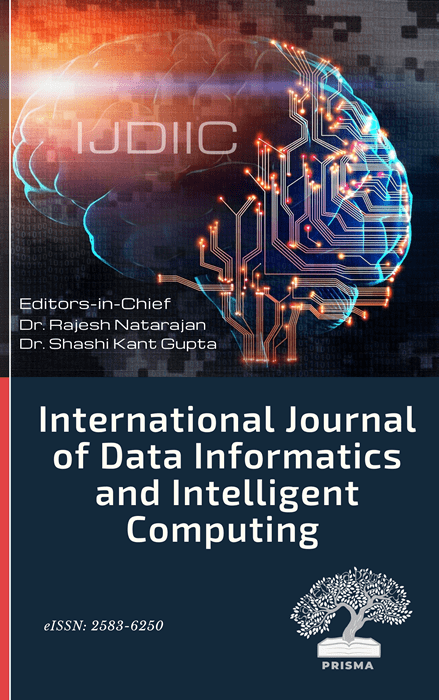Consideration of Data Security and Privacy Using Machine Learning Techniques
DOI:
https://doi.org/10.59461/ijdiic.v2i4.90Keywords:
Machine learning , Security, Cryptography, Privacy-preserving data protocolAbstract
As artificial intelligence becomes more and more prevalent, machine learning algorithms are being used in a wider range of domains. Big data and processing power, which are typically gathered via crowdsourcing and acquired online, are essential for the effectiveness of machine learning. Sensitive and private data, such as ID numbers, personal mobile phone numbers, and medical records, are frequently included in the data acquired for machine learning training. A significant issue is how to effectively and cheaply protect sensitive private data. With this type of issue in mind, this article first discusses the privacy dilemma in machine learning and how it might be exploited before summarizing the features and techniques for protecting privacy in machine learning algorithms. Next, the combination of a network of convolutional neural networks and a different secure privacy approach is suggested to improve the accuracy of classification of the various algorithms that employ noise to safeguard privacy. This approach can acquire each layer's privacy budget of a neural network and completely incorporates the properties of Gaussian distribution and difference. Lastly, the Gaussian noise scale is set, and the sensitive information in the data is preserved by using the gradient value of a stochastic gradient descent technique. The experimental results showed that a balance of better accuracy of 99.05% between the accessibility and privacy protection of the training data set could be achieved by modifying the depth differential privacy model's parameters depending on variations in private information in the data.
Downloads
Downloads
Published
How to Cite
Issue
Section
License
Copyright (c) 2023 Thanh Chi Phan, Hung Chi Tran

This work is licensed under a Creative Commons Attribution-ShareAlike 4.0 International License.





